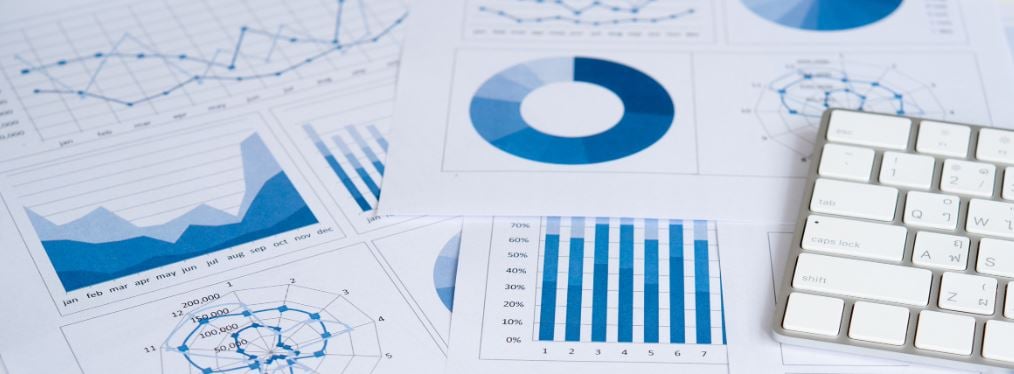The Art of Designing a New Product: A Step-by-Step Guide
Designing a new product is an exciting and complex process that requires careful planning, creativity, and attention to detail. Whether you're a seasoned designer or a budding entrepreneur, understanding the essential steps involved in creating a successful product is crucial.
Product design is an ongoing journey, and continuous improvement is key to staying ahead in a competitive market. Embrace the challenges, celebrate your successes, and keep pushing the boundaries of innovation. Designing a new product is a dynamic and iterative process that requires careful planning, creativity, and adaptability. By following these essential steps and incorporating user feedback, you can increase the chances of creating a successful and impactful product.

Defining New Product Design
New product design primarily focuses on the creative and conceptual aspects of developing a product. It encompasses ideation, conceptualization, and the visual representation of a product idea. Designers collaborate to transform abstract concepts into tangible and visually appealing prototypes that capture the essence of the product's intended purpose and functionality.
Learn More about Boston Engineering and Product Design

A step by step guide to designing a new product
1. Identify the Need: The first step in designing a new product is to identify a problem or a need that your product will address. Conduct thorough market research to understand your target audience, their pain points, and existing solutions. By identifying a gap in the market, you can tailor your product to meet the specific needs of your customers.
2. Conceptualization and Ideation: Once you have a clear understanding of the problem you're solving, it's time to brainstorm and generate ideas. Encourage creative thinking and collaboration within your team or engage with potential users to gather insights. Sketching, mind mapping, and creating mood boards can help visualize concepts and explore different possibilities.
3. Research and Development: Once you have a few promising concepts, it's time to dive deeper into research and development. Conduct feasibility studies, analyze technical requirements, and assess the potential costs involved. Consider factors such as materials, manufacturing processes, and regulatory compliance to ensure your product is both practical and feasible.
4. Prototyping: Prototyping is a crucial step in the product design process. It allows you to test your ideas, gather feedback, and make necessary iterations before moving forward. Depending on the complexity of your product, you can create physical prototypes or use virtual tools like 3D modeling and simulation software. Prototypes can help you validate your design and identify any improvements or modifications needed.
5. Iteration and Refinement: Based on the feedback received from prototyping, it's time to refine your design. Iterate on your initial concept, making necessary adjustments to enhance functionality, aesthetics, and user experience. This iterative process may involve multiple rounds of prototyping and testing until you achieve a design that meets the desired objectives.
6. Finalizing the Design: Once you have a refined design, it's time to finalize the details. Create detailed technical specifications, including dimensions, materials, and manufacturing instructions. Collaborate with engineers, manufacturers, and suppliers to ensure the design can be successfully translated into a viable product. Consider factors such as cost, scalability, and environmental sustainability.
7. Manufacturing and Production: With the design finalized, it's time to move into the manufacturing and production phase. Determine whether you'll manufacture the product in-house or outsource it to a third-party manufacturer. Obtain quotes, negotiate contracts, and establish a production timeline. Work closely with manufacturers to ensure quality control and monitor the production process to meet your standards.
8. Testing and Quality Assurance: Before launching your product into the market, conduct rigorous testing and quality assurance checks. This includes performance testing, durability testing, safety testing, and compliance with relevant regulations and standards. Ensure your product meets or exceeds customer expectations and industry requirements.
9. Launch and Marketing: Once you've successfully manufactured and tested your product, it's time for the much-awaited launch. Develop a comprehensive marketing strategy to create awareness, generate excitement, and reach your target audience. Leverage various marketing channels, such as social media, online advertising, and public relations, to maximize the impact of your product launch.
10. Feedback and Continuous Improvement: Even after the product is launched, the journey doesn't end. Actively seek feedback from customers, monitor user reviews, and analyze sales data. This information can provide valuable insights for further improvements and iterations. Continuously refine and enhance your product based on customer feedback and evolving market trends.

While it's tempting to rely solely on internal resources and capabilities, working with experienced product development experts can offer a multitude of benefits that accelerate the commercialization process, control costs and timelines, and mitigate failure risks. Learn more about the value of product commercialization partnerships.
Product development management consulting is a service that assists businesses in optimizing their product development process, from ideation to commercialization.
Are you asking questions? Are you asking the right questions? Do you have the correct processes in place? Product development management consulting helps businesses streamline their product development process, making it more efficient, effective, and profitable.
Key benefits of product development management consulting
-
Expertise and Knowledge: Product development management consultants have extensive experience in product development and can offer valuable insights and expertise to businesses.
-
Improved Efficiency: A well-designed product development process can significantly improve efficiency and reduce costs.
-
Risk Management: Product development management
 consultants can help businesses identify potential risks and develop strategies to mitigate them.
consultants can help businesses identify potential risks and develop strategies to mitigate them. -
Increased Innovation: Product development management consultants can help businesses generate new product ideas and foster a culture of innovation within the organization.
-
Scalability: As businesses grow, their product development process must scale accordingly.
In conclusion, product development management consulting can help businesses optimize their product development process, increase efficiency, mitigate risk, foster innovation, and scale for growth. By working with an experienced consultant, businesses can gain valuable insights and expertise that can help them stay competitive in today's fast-paced market.
Boston Engineering specializes in product design, engineering consulting, and digital solutions from concept development through commercialization. For almost three decades, we’ve worked with clients to design, develop, and optimize devices and technologies to improve and save lives.
Imagine your Impact: Stay up-to date- with the latest insights and trends we're watching. Add your email address below and sign up for a monthly summary of our most impactful posts!











